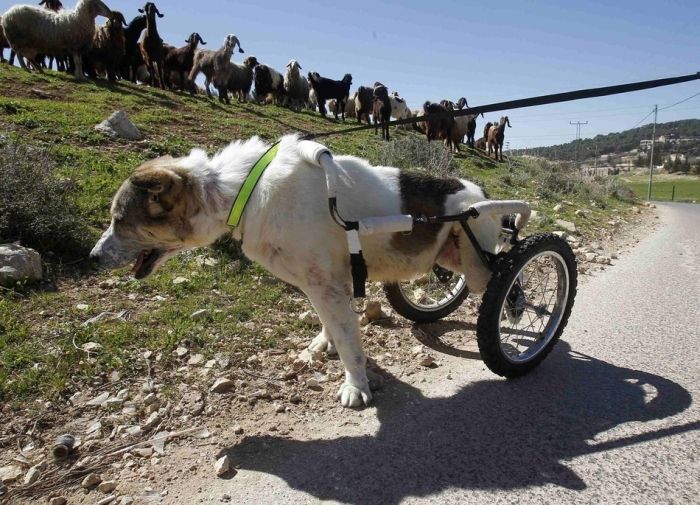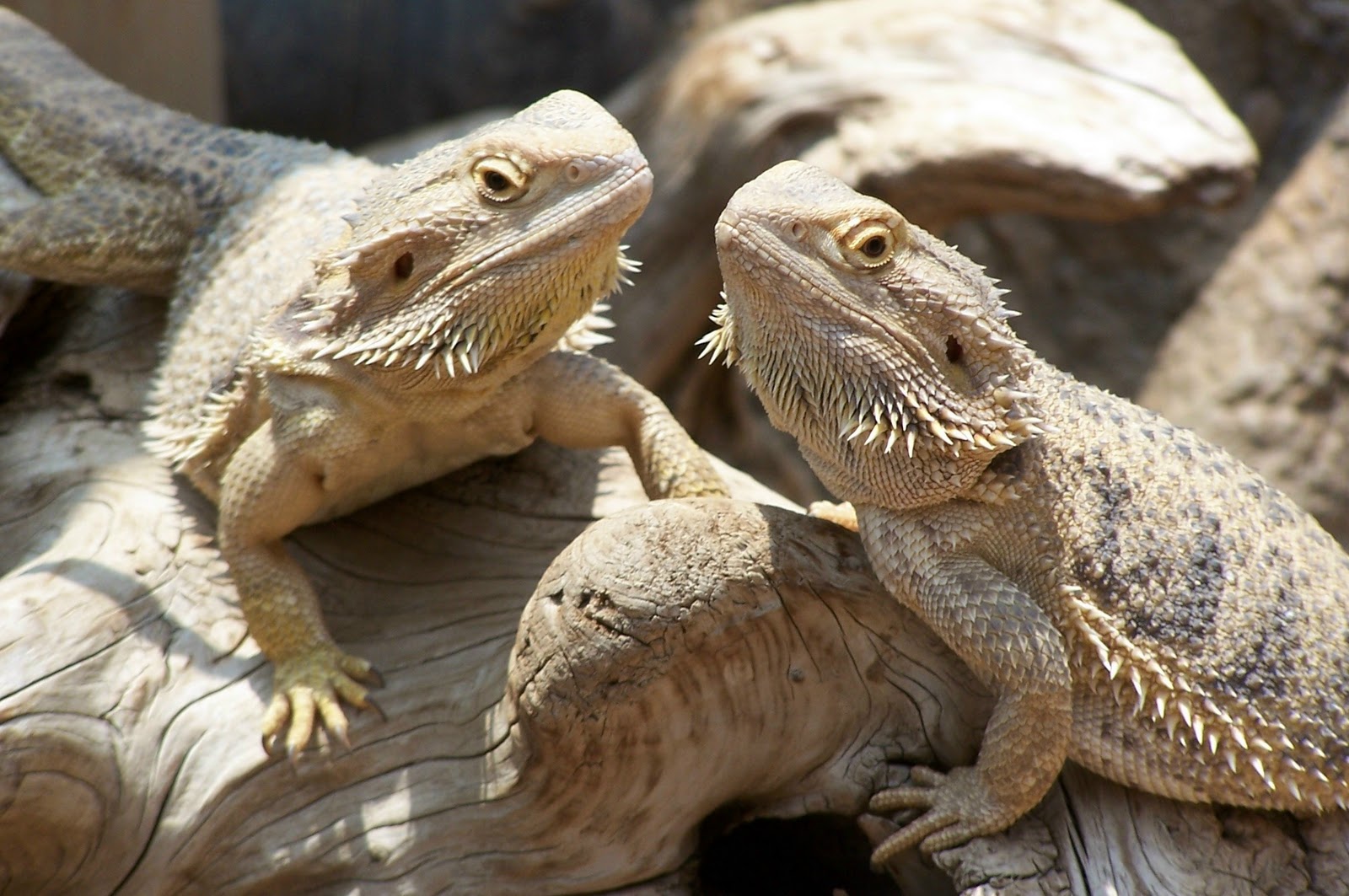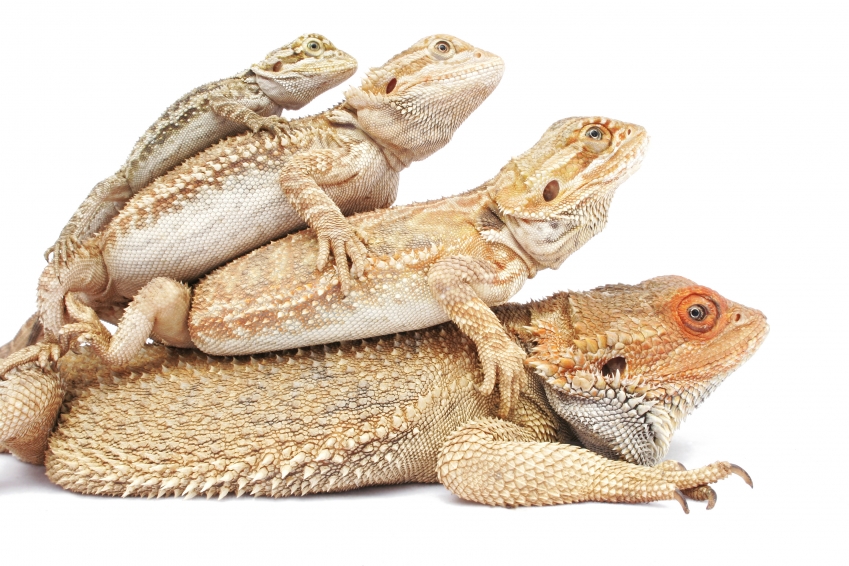My Bearded Dragon Has Paralyzed Back Legs: Causes and Treatment
Introduction
Bearded dragons are one of the most popular reptile pets. They are known for their adorable appearance, and their friendly and docile nature. However, like any other pet, they may suffer from health problems as well. One of the most common health issues that bearded dragons face is paralysis of their back legs. In this blog post, we will discuss the causes of bearded dragon paralyzed back legs and how to treat it.
Causes of Bearded Dragon Paralyzed Back Legs
Paralysis of the back legs in bearded dragons can occur due to various reasons. Here are some of the most common causes:
1. Metabolic Bone Disease
Metabolic bone disease (MBD) is a common condition in bearded dragons. It occurs due to the deficiency of calcium and other essential nutrients in the diet. MBD can cause a weakening of the bones and lead to paralysis of the back legs. In severe cases, it can also lead to complete paralysis of the bearded dragon.
2. Impaction
Impaction is another common cause of paralysis in bearded dragons. It occurs when the bearded dragon ingests indigestible substances such as sand, gravel, or other foreign objects. These materials can block the digestive tract and cause paralysis of the back legs.

3. Nerve Damage
Nerve damage is also a possible cause of paralysis in bearded dragons. This can occur due to trauma, infection, or other reasons. Nerve damage can affect the ability of the brain to communicate with the muscles and lead to paralysis of the legs.

Treatment of Bearded Dragon Paralyzed Back Legs
The treatment of paralyzed back legs in bearded dragons depends on the cause of the condition. Here are some of the treatments:
1. Veterinary Care
If you suspect that your bearded dragon has paralyzed back legs, it is essential to take them to a qualified veterinarian immediately. The vet will conduct a full physical examination, including blood tests and X-rays, to determine the cause of the paralysis. Depending on the cause, the vet will prescribe the appropriate treatment.

2. Medications
In some cases, medication may be necessary to treat the bearded dragon’s paralysis. The vet may prescribe anti-inflammatory drugs, painkillers, or antibiotics depending on the underlying cause of the paralysis.
3. Diet Modification
If the paralysis is due to metabolic bone disease, the vet may recommend changes to the bearded dragon’s diet. This may include increasing the calcium and vitamin D3 intake, and reducing the intake of phosphorus.
4. Surgery
In severe cases, surgery may be necessary to correct the paralysis of the bearded dragon’s back legs. The vet will evaluate the situation and recommend the appropriate surgical procedure.
Prevention of Bearded Dragon Paralyzed Back Legs
Preventing paralyzed back legs in bearded dragons is the best approach. Here are some tips to prevent this condition:
1. Diet
Ensure that your bearded dragon’s diet includes sufficient calcium, vitamin D3, and other essential nutrients. Avoid feeding them foods that are high in phosphorus.
2. Environment
Provide your bearded dragon with a clean and spacious habitat. Ensure that the temperature, humidity, and lighting are appropriate for their needs.

3. Substrate
Avoid using substrates such as sand or gravel that can cause impaction. Instead, use substrates such as reptile carpet, coconut husk, or paper towel.
Conclusion
Paralysis of the back legs in bearded dragons can be a severe health condition. It is essential to take care of your bearded dragon by providing them with a healthy diet, a suitable habitat, and a safe substrate. If you notice any signs of paralysis in your bearded dragon, take them to the vet immediately. Ensure that you follow your vet’s instructions and give your bearded dragon the appropriate treatment.
